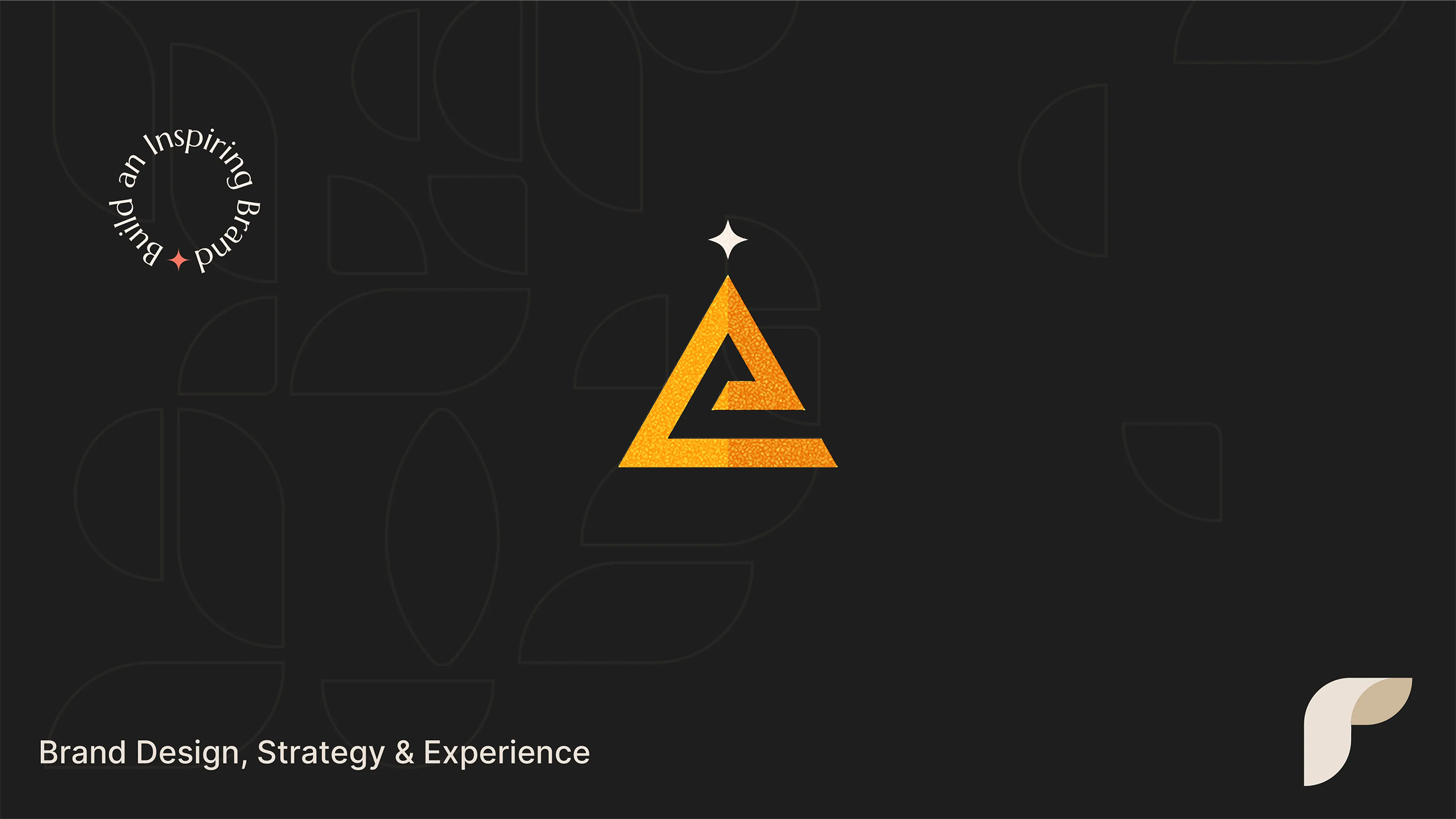The website design process can be both challenging and rewarding.
In our earlier blogs, here and here, we developed a website plan and the design! The next step is to just deploy it after development and coding.
It’s not as simple as it sounds. Of course, it requires careful planning and as many steps and considerations as the previous two segments.
So, strap on your seatbelts and let’s get into the final swing of our website creation guide: the deployment phase!
In this web development phase, we will be talking about
What’s in this article?
Website development and coding
Once the design phase is complete, it’s time to bring your website to life through development and coding. It is ideal to give this task to the experts and assist them with your customizations.
Choose a suitable website development platform or content management system (CMS) that aligns with your technical requirements and level of expertise.
Popular options include:
Content management system (CMS)
- WordPress
- Drupal
- Joomla
e-Commerce solutions
- Shopify
- Magento
- BigCommerce
- WooCommerce
No-code builders:
- Webflow
- Wix
- Weebly
- Squarespace
- Strikingly
Or custom-built solutions. These mediums are user-friendly and you can update your content once the website is created.
Collaboration between designers and developers is crucial during this phase. Effective communication ensures that the design vision is translated accurately into a functional website. Designers provide assets and guidelines to developers, who then code the website to match the approved design.
Collaborative efforts lead to smoother implementation and a better end result. Maybe your developer will ask for a different banner to suit your website in mobile view. Or maybe they need some extra content for the footer portion and your content writer needs to be present. Maybe you need to make a quick decision if you need an extra page or which contact details to add.
Website creation must ensure and smooth out any abnormalities that may later hinder page speed performance, SEO performance, and website security. This must be done from the beginning of the development process. Basics such as using images in next-generation format, appropriately scaling the images, ensuring third-party integrations and plugins do not damage the website, and many more check-points are in place to ensure the website, once built, performs and succeeds.
Read: Part I – The Strategy Phase and Part II – The Design Phase
Search engine optimization (SEO)
Search engine optimization (SEO) is essential for improving your website’s visibility and organic rankings in search engine results. Optimize the website’s structure, content, and metadata by incorporating relevant keywords, meta tags, and headings.
Create descriptive and user-friendly URLs, optimize image alt tags, and ensure your website loads quickly. This final point is crucial as you need to check your loading speed from multiple devices. Maybe certain pages load quickly on Android laptops but not on IOS iPads. Keep every possible audience in mind while designing and developing your website as it can help retain and engage with them.
Implement SEO best practices specific to website design and development. Use clean and semantic HTML code, optimize for mobile devices, and ensure proper heading hierarchy. Focus on creating valuable and engaging content that addresses user intent and incorporates relevant keywords naturally.
Testing your final website:
Once the development is completed, thoroughly test its functionality, usability, and responsiveness across different devices and browsers. Conduct user testing to identify any issues or areas for improvement. Ensure that all links work correctly, forms are functional, and the website performs optimally.
Some users forget to check their external links when their internal redirects are working fine. Maybe you have provided a link to access your newsletter. Or maybe you have given an email address for queries but it doesn’t get through. Imagine how many leads you may miss if your CTAs don’t work or your email inbox is full!
Launching and promoting your website
Before you officially launch your new website, develop a marketing plan to promote your website to your target audience. Utilize various channels such as social media, email marketing, content marketing, and paid advertising. Leverage your existing networks and collaborate with influencers or industry partners to generate initial traction and awareness for your website.
Sometimes, it works to have a pre-launch as well as post-launch campaign. Engage your audience with teasers and countdowns before your website goes live. Start teasing them with certain exclusive details they will find and how excited the team is. Or maybe after the website is live, showcase some behind the scenes videos or snippets.
Related: Website security best practices: Safeguarding your brand and customer data
Monitor, analyze, and improve
Once your website is live, it’s essential to monitor its performance and analyze user behavior. Use website analytics tools like Google Analytics to track metrics such as traffic, user engagement, conversion rates, and bounce rates. Analyze the data to gain insights into user preferences, popular content, and areas for improvement.
Make data-driven improvements and optimizations based on the insights gathered. It could involve refining the website’s design, optimizing conversion funnels, improving page load speed, or enhancing user experience. Regularly review and update your website to ensure it remains relevant, user-friendly, and aligned with your business goals.

Conclusion
From concept to reality, the website design process involves careful planning, strategic decision-making, and continuous improvements. By following the steps outlined in this three-part blog series, you can create user-friendly and visually appealing websites that effectively communicate your brand message and achieve your desired goals.
Remember to regularly maintain and update your website to adapt to evolving user needs and technological advancements. Stay informed about emerging design trends and incorporate them thoughtfully. With a well-designed and optimized website, you can establish a strong online presence and successfully engage your target audience.
Embrace the power of effective website creation and enjoy the benefits of a digital platform that represents your brand in the best possible light. Happy website building and may your online journey be filled with success!




